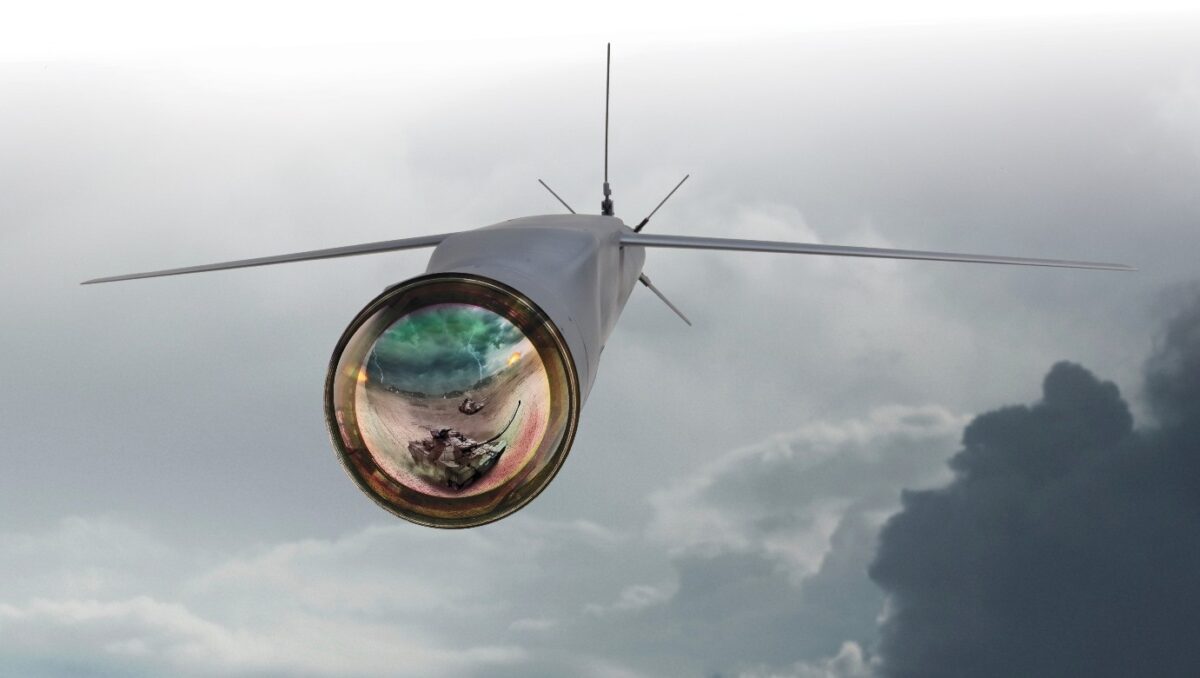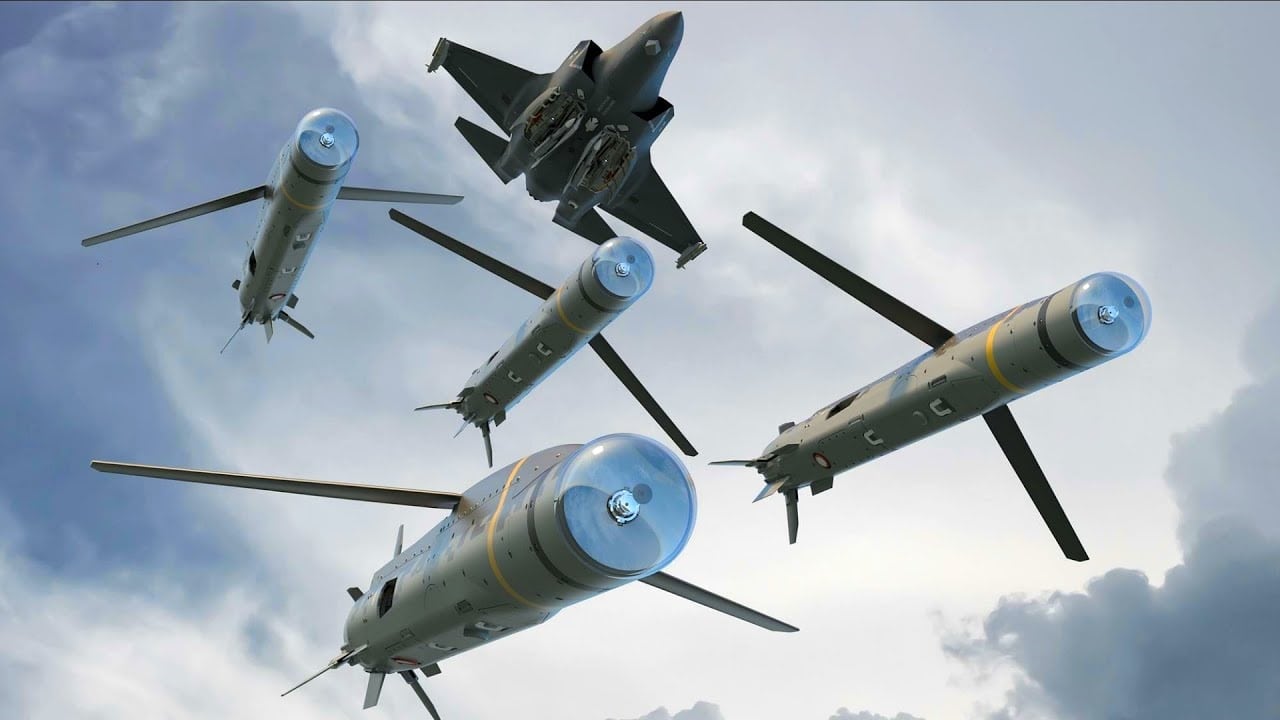The Russian invasion of Ukraine has shown the need for modern smart munitions that can strike with precision and avoid collateral damage. Contrary to the Russian Aerospace Forces, which seem to lack such precision strike capabilities, the U.S. military has plenty of smart bombs—and the StormBreaker is one of them.
The StormBreaker Bomb
As one of the newest additions to the U.S. military’s air arsenal, the GBU-53/B StormBreaker smart munition is an incredible weapon system. A smart bomb designed to strike moving targets in adverse weather conditions, the StormBreaker is a highly versatile munition.
What makes the StormBreaker bomb a good option for precision strikes is the munition’s ability to detect and classify targets even as they move regardless of the environmental conditions and any adverse weather. Such conditions would normally prevent, or at least significantly restrict, a precision strike. But the StrormBreaker and the technology it brings can bypass such issues. Indeed, according to the manufacturer, the smart munition can overcome darkness, smoke, rain, bad weather, and dust.
In addition, the StormBreaker offers a good bang for its size. The smart munition comes at about 70 inches and weighs approximately 200 pounds, 105 of which comprise the warhead. As a result, aircraft can carry several StormBreaker bombs. For instance, the F-15E Strike Eagle 4th generation fighter jet can pack seven clusters of four smart munitions each, for a grand total of 28 StormBreaker bombs.

Stormbreaker. Image Credit: Raytheon.
Another trait that makes the StormBreaker bomb a great munition for precision strikes is the fact that it can travel very long distances, targeting both stationary and moving targets. According to Raytheon, the smart munition has a range of up 69 miles against stationary targets and up to 45 miles against moving targets. As a result, besides adding a “stealth” element to strikes, the StormBreaker increases the survivability of an aircraft as it allows to release munitions from long distances and thus perhaps outside the anti-aircraft umbrella of an adversary.
Fleet Qualified
Entering service in 2017, the Stormbreaker is used both by the U.S. Air Force and U.S. Navy. Last year, the StormBreaker achieved another milestone when it officially qualified for the F-35 stealth fighter jet. A Marine Corps F-35B dropped a StormBreaker during a test.
During the test, Pentagon and Raytheon created as realistic a combat scenario as possible. The F-35B stealth fighter jet with the StormBreaker munition was joined by a F/A-18 Super Hornet that played the role of the quarterback. Once the F-35B released the munition, the F/A-18 used the StormBreaker’s common network capabilities to track the munition to the target. In short, the trajectory and impact of the smart bomb can be shared among aircraft.
“The weapon’s operational flexibility increases the F-35’s capability and capacity, and it helps limit the time our warfighters spend in harm’s way. StormBreaker allows pilots to hit moving targets in adverse weather conditions, which our adversaries have relied on in the past to avoid detection,” Alison Howlett, the StormBreaker program director at Raytheon Missiles & Defense, had said in a press release.
As to what informed the development of the StormBreaker, the answer lies with the NATO campaign in Kosovo.
“As a result of that conflict, we looked at low-collateral-damage engagement because we were in a densely populated area. We looked at having to fight through weather. We looked at having to do multiple target passes per run. We looked at reducing airlift support because it becomes very expensive to support these missions. Having more aircraft in the air also puts more warfighters at risk,” Steve Milano, Director of Air to Surface Requirements and Capability at Raytheon Missiles & Defense, told Breaking Defense.
Last December, Raytheon won a $250 million contract to update the Stormbreaker. More specifically, the defense company “will provide design, development, integration, test and production engineering for changes to the SDB II GBU-53/B technical and production baseline.” The contract, which was offered by the Air Force Life Cycle Management Center, is projected to be done by August 2027.
1945’s New Defense and National Security Columnist, Stavros Atlamazoglou is a seasoned defense journalist specializing in special operations, a Hellenic Army veteran (national service with the 575th Marine Battalion and Army HQ), and a Johns Hopkins University graduate. His work has been featured in Business Insider, Sandboxx, and SOFREP.

